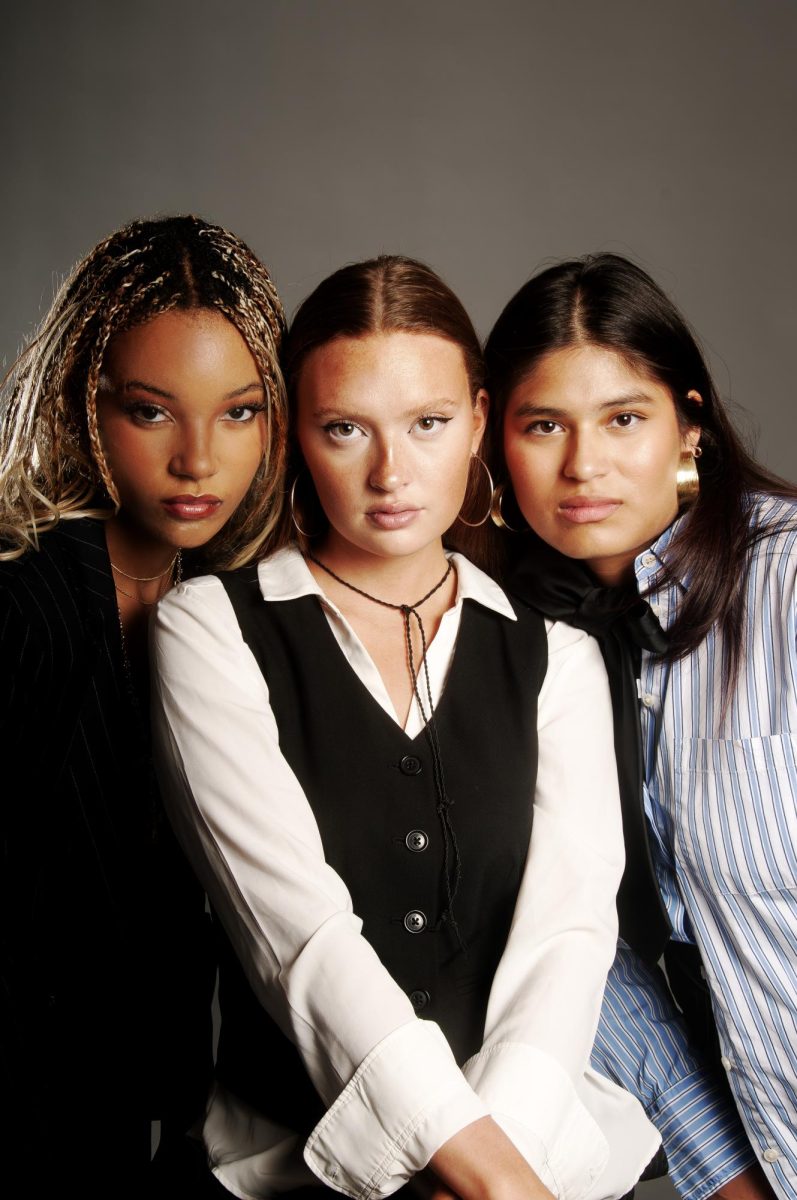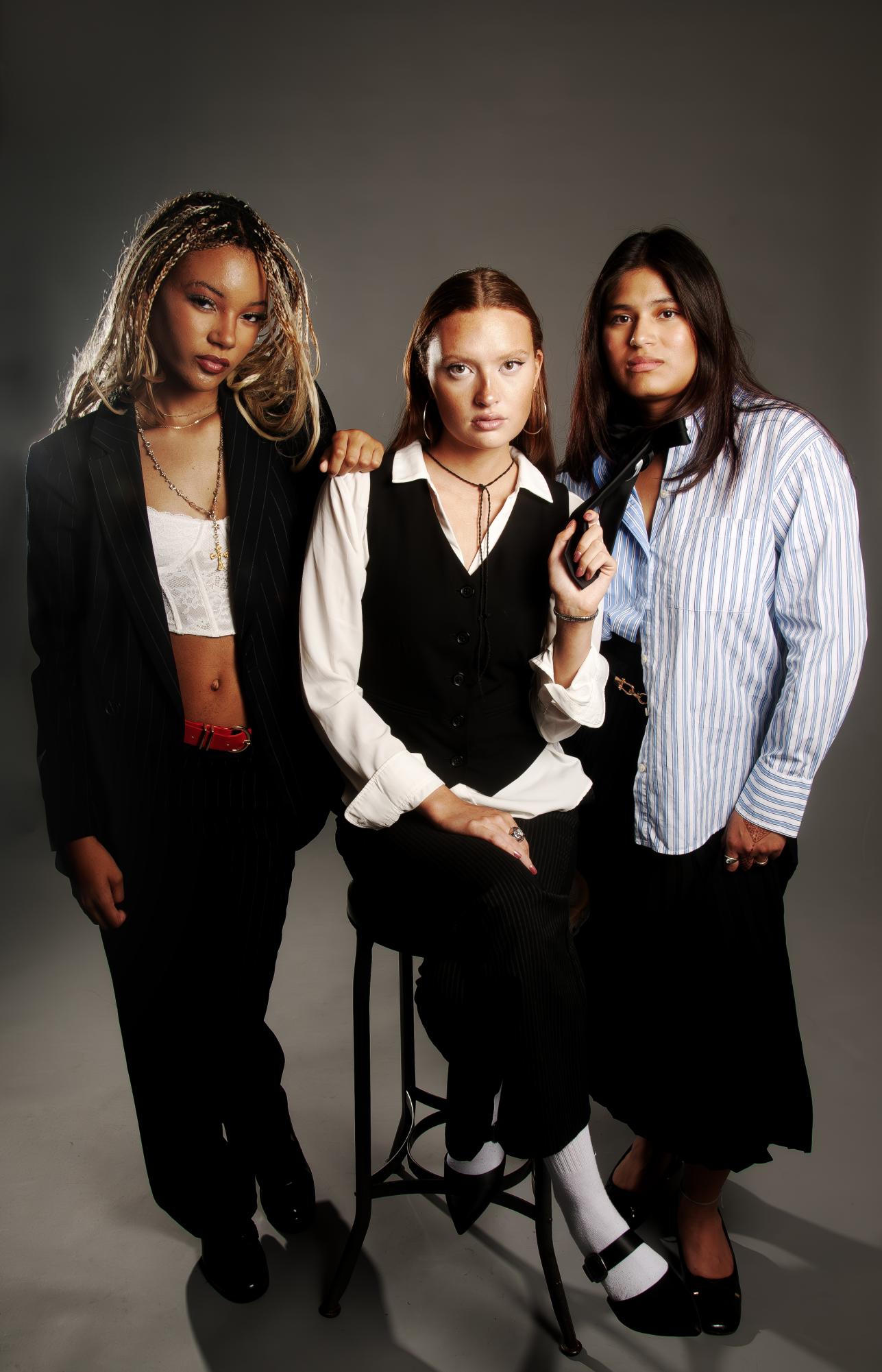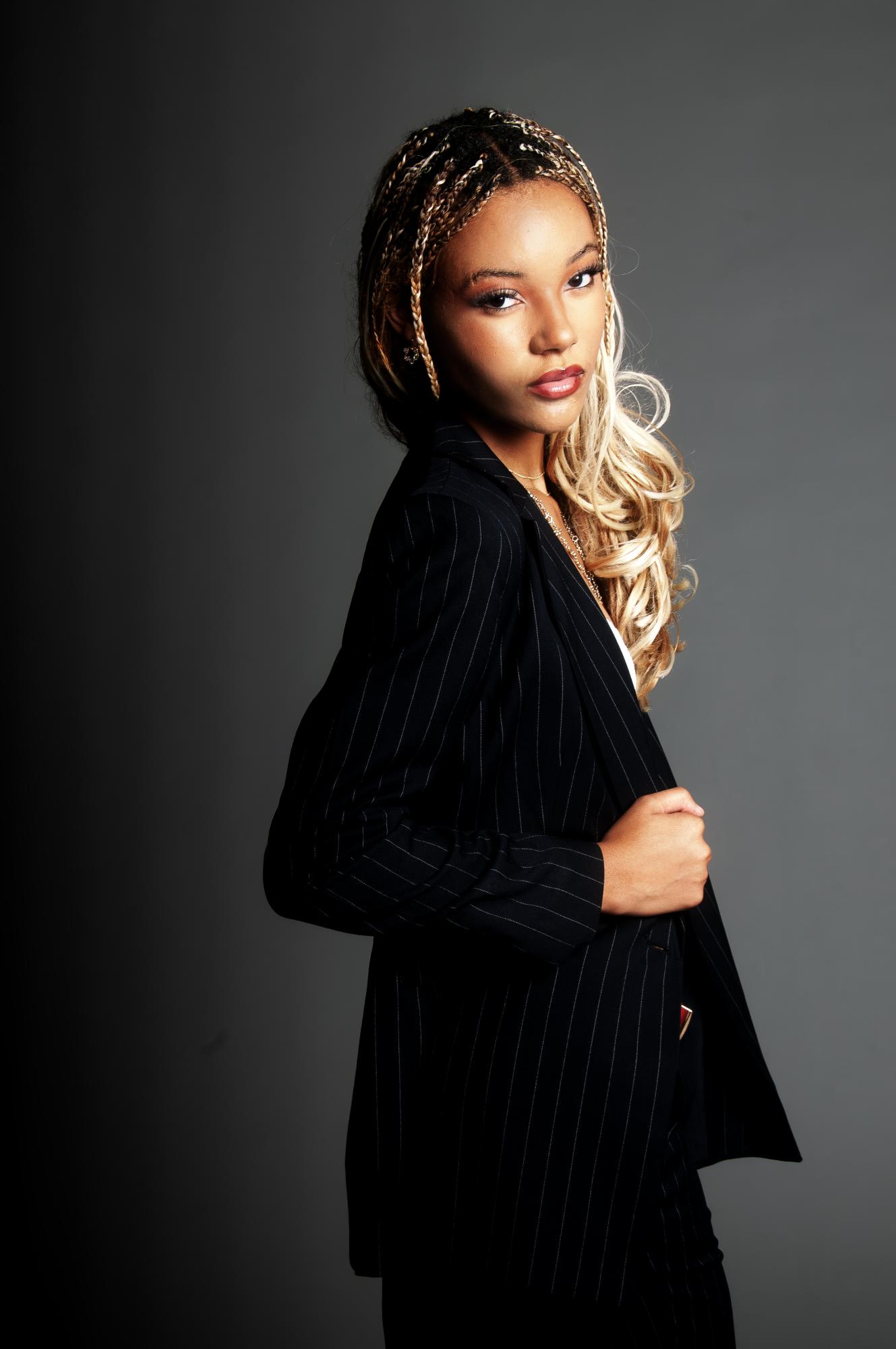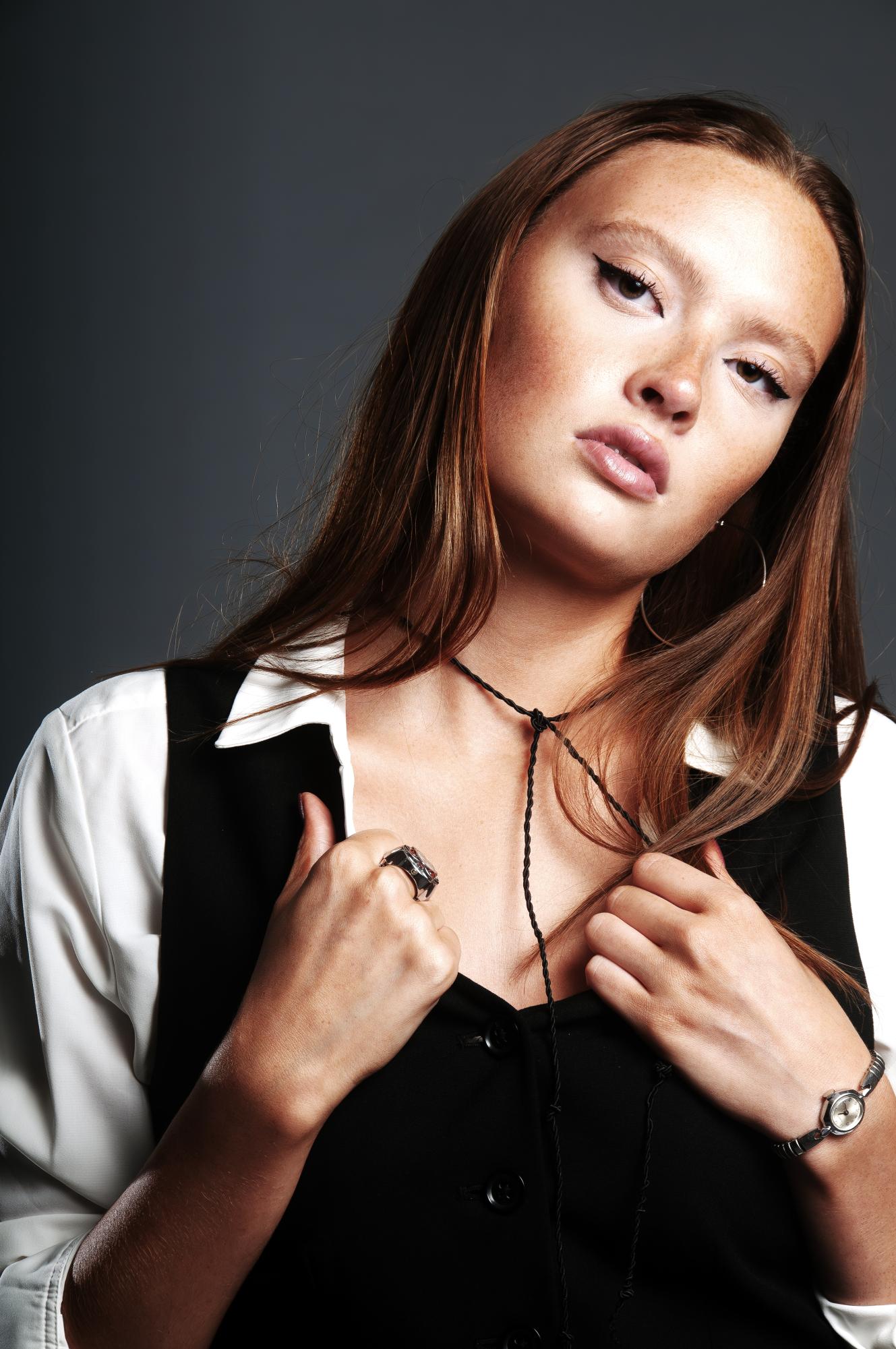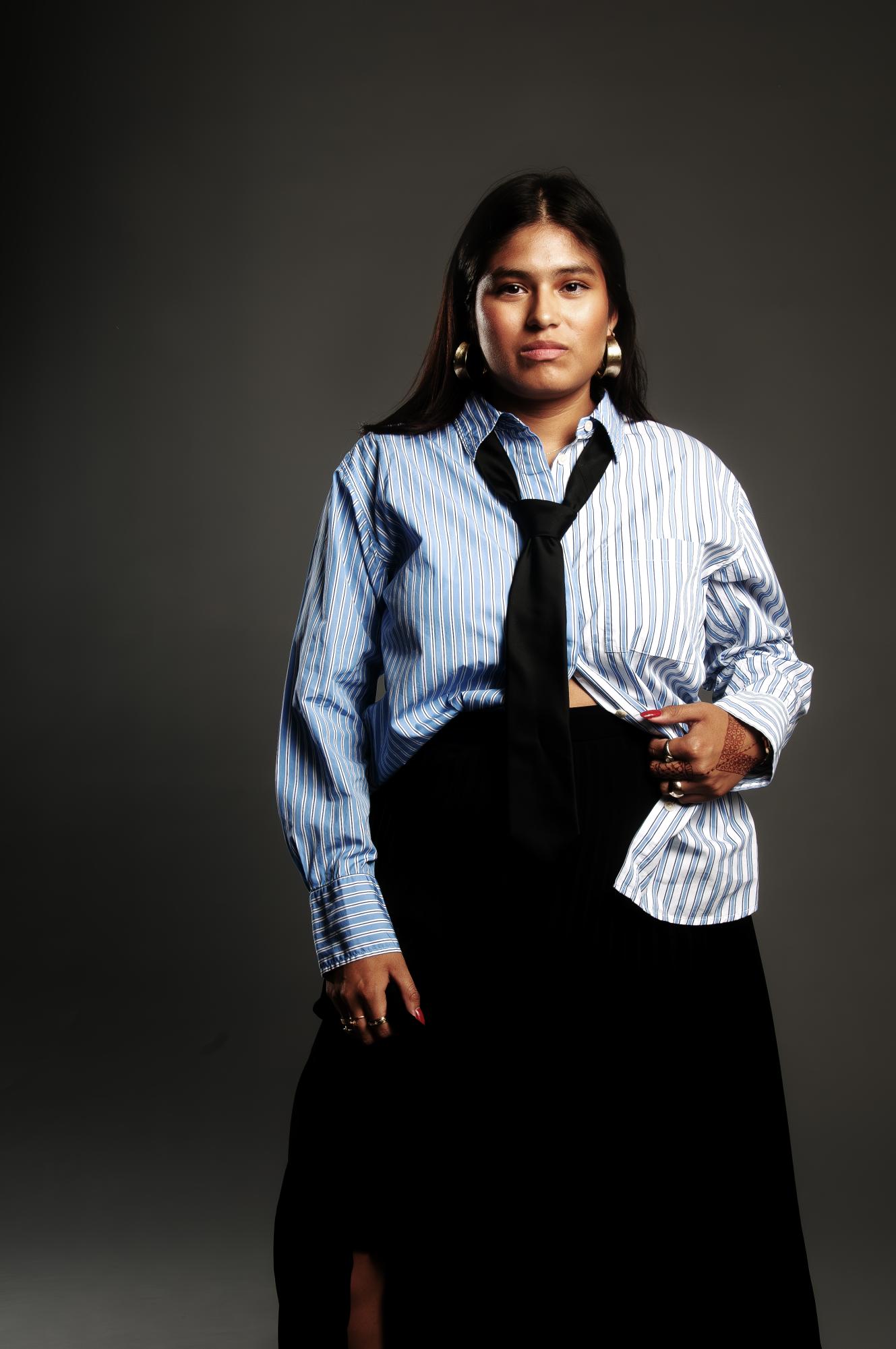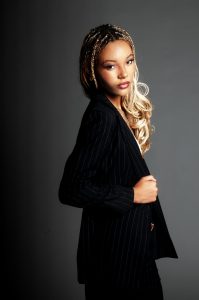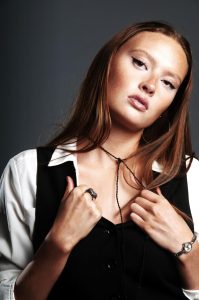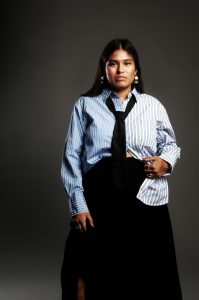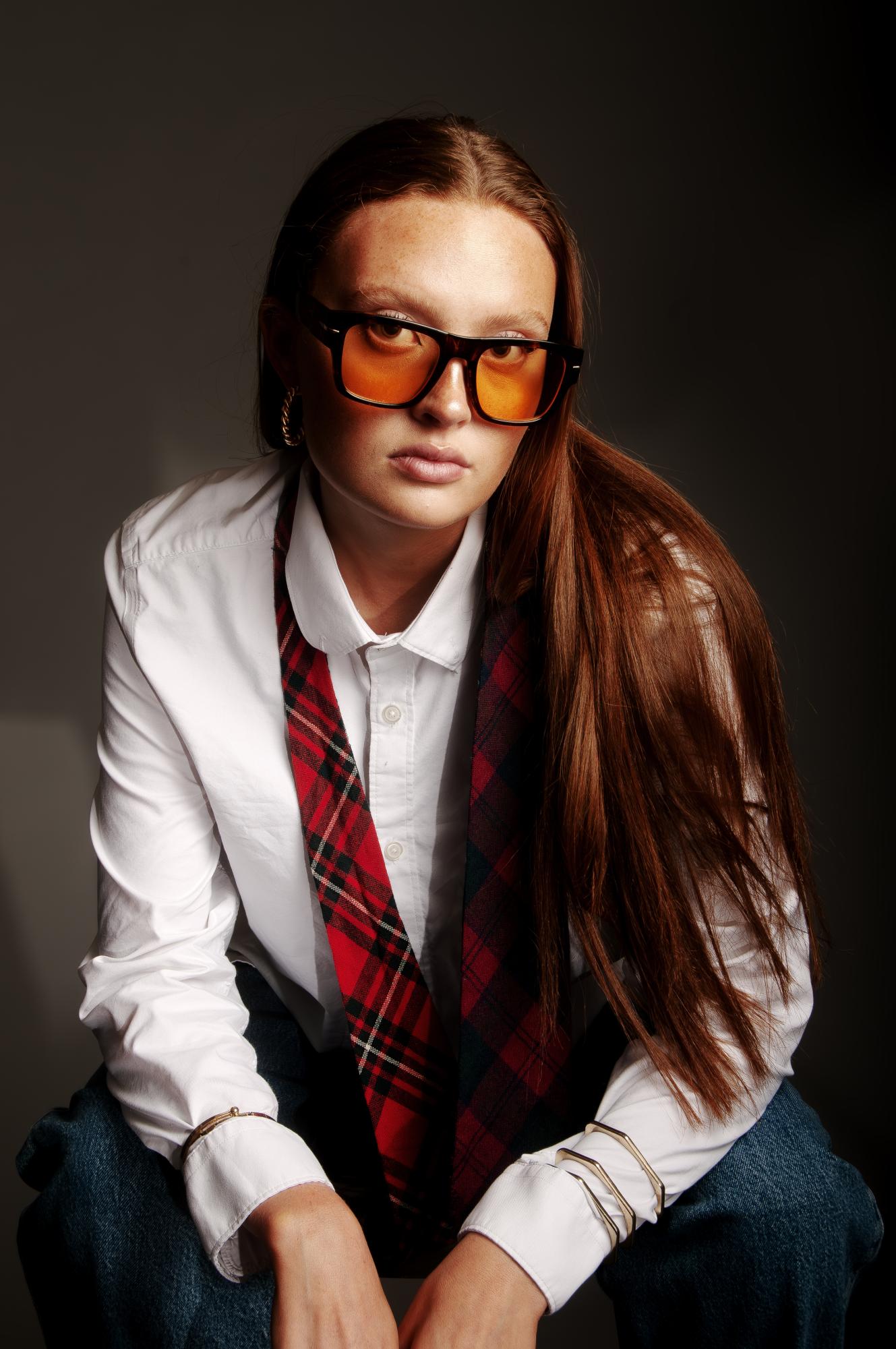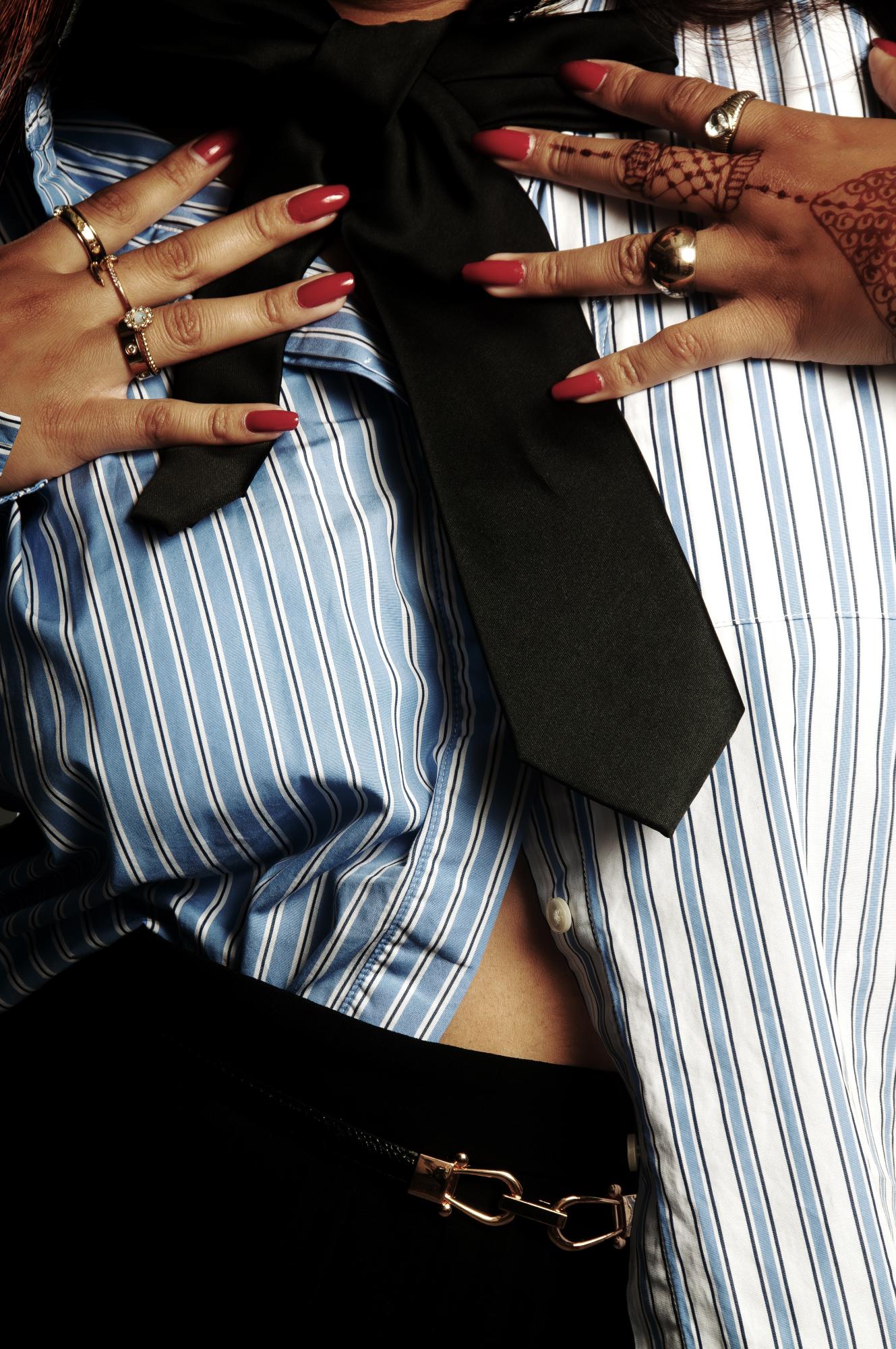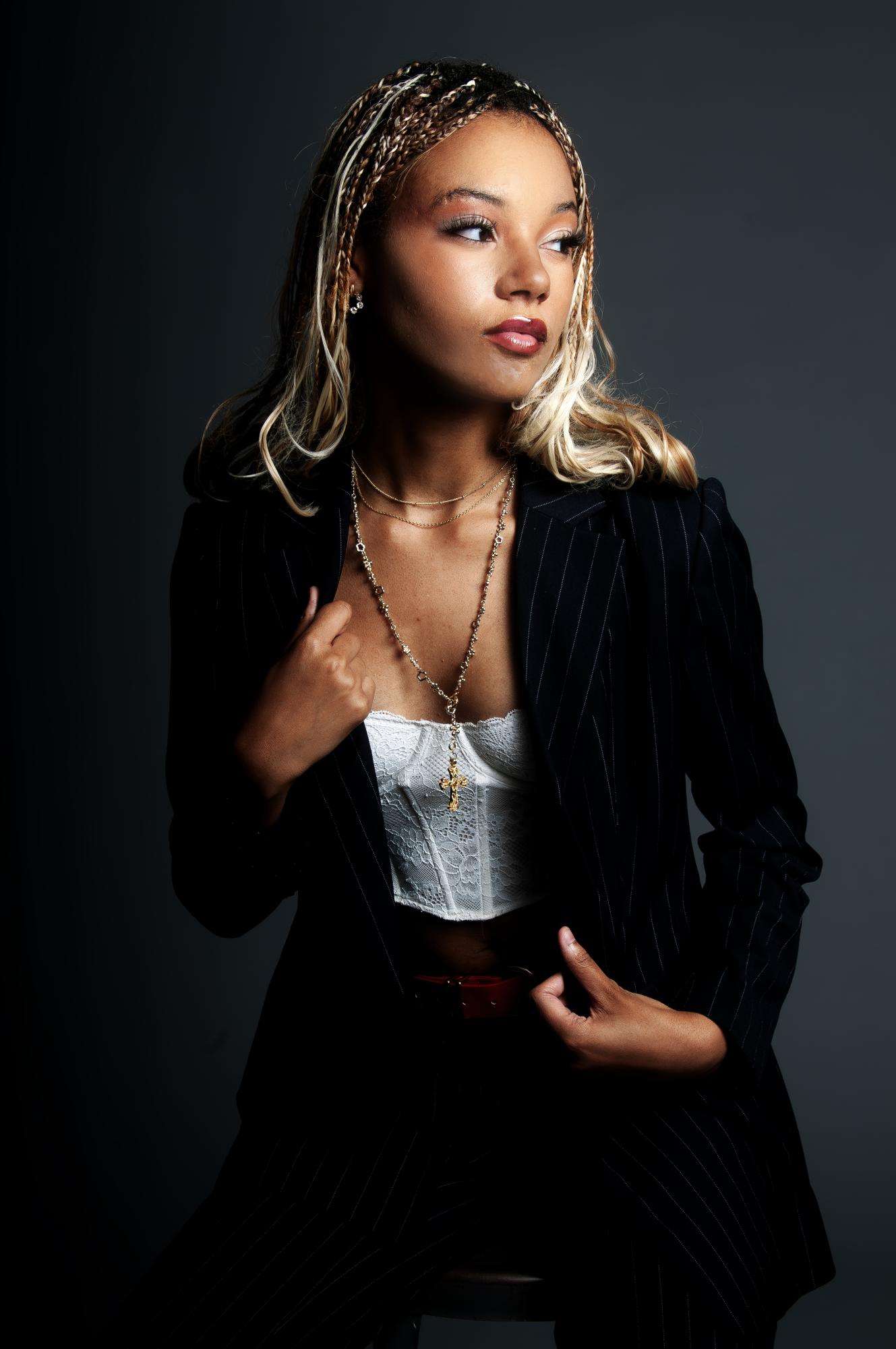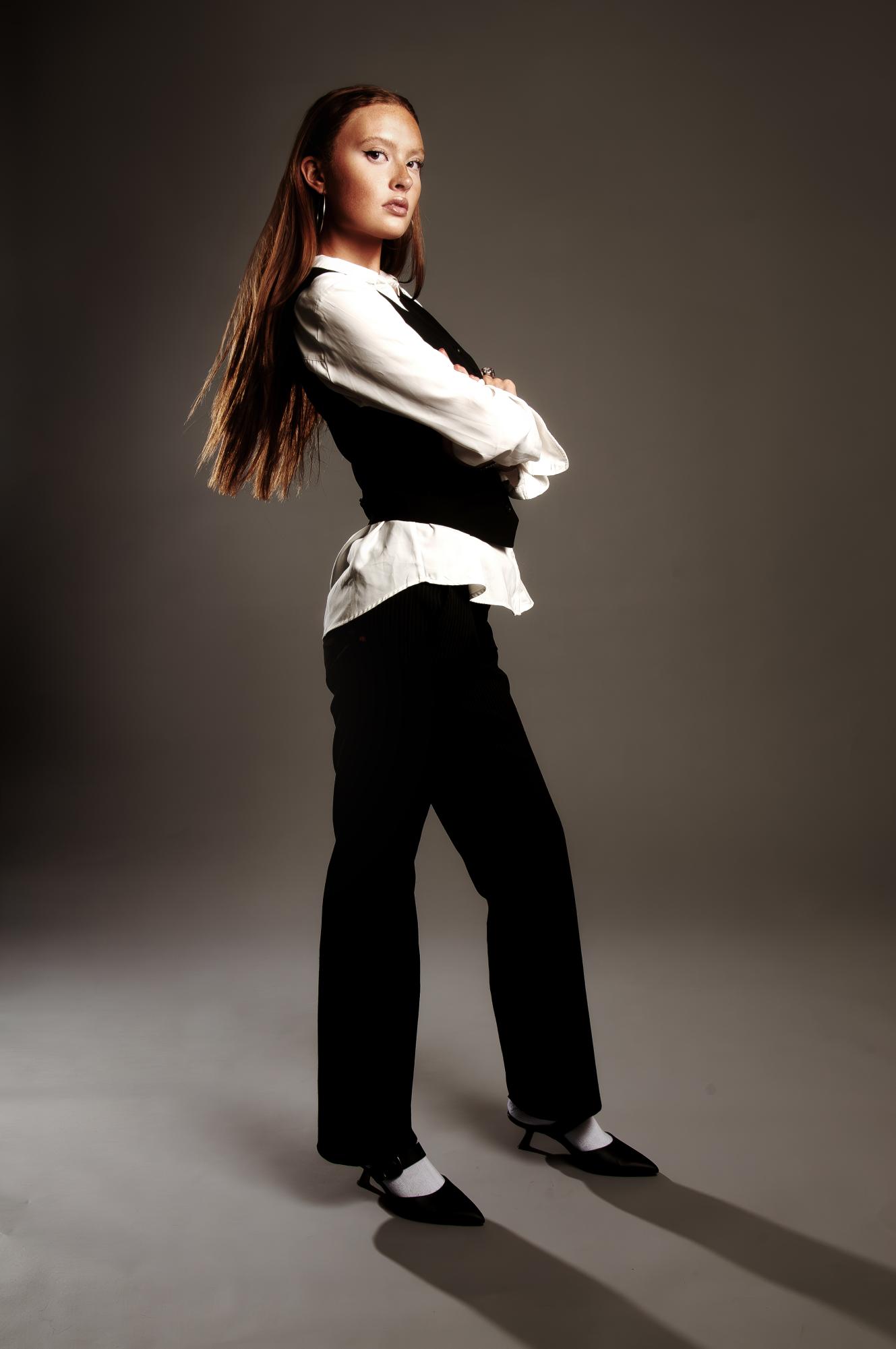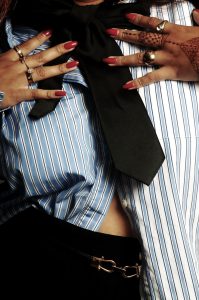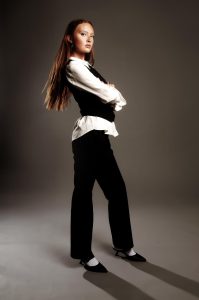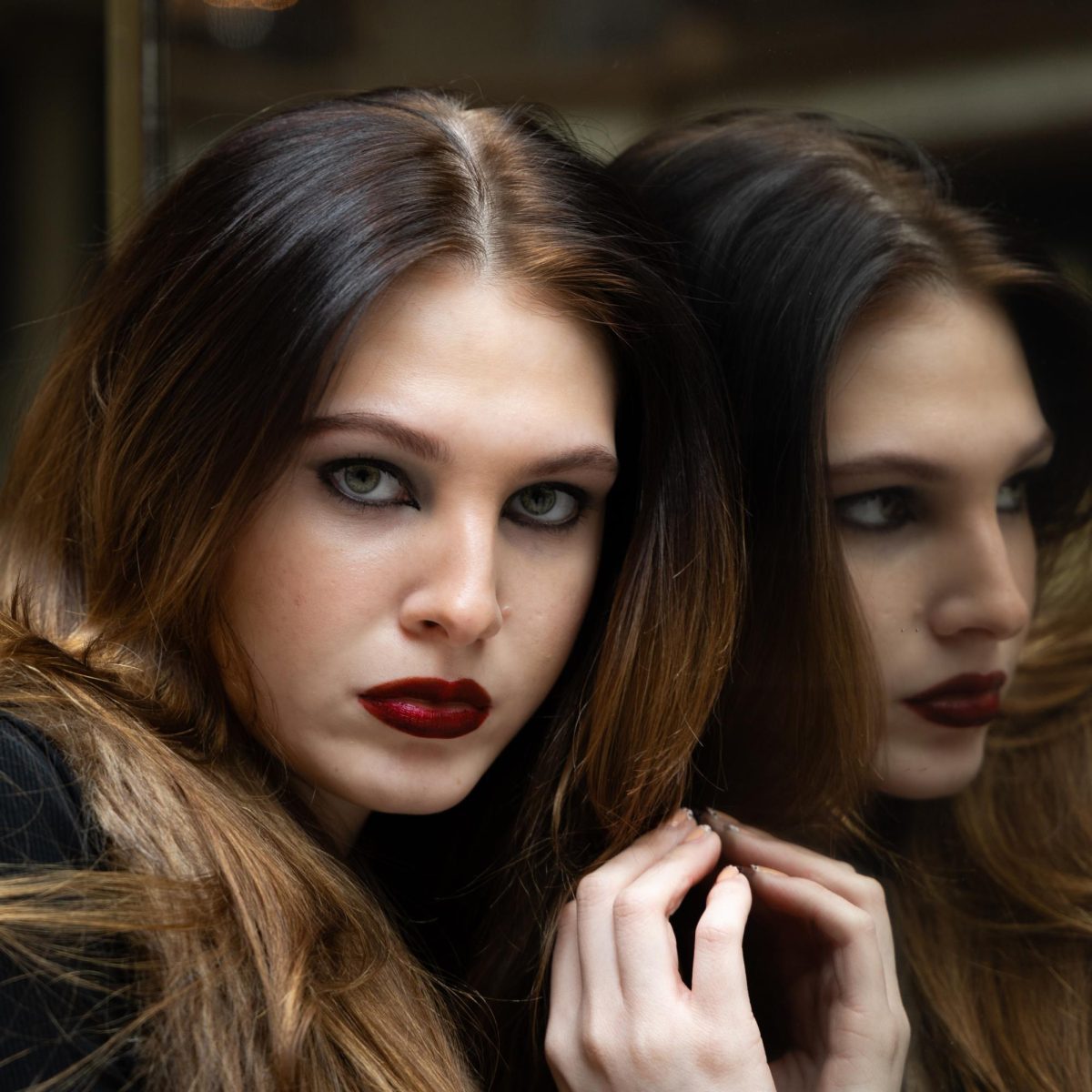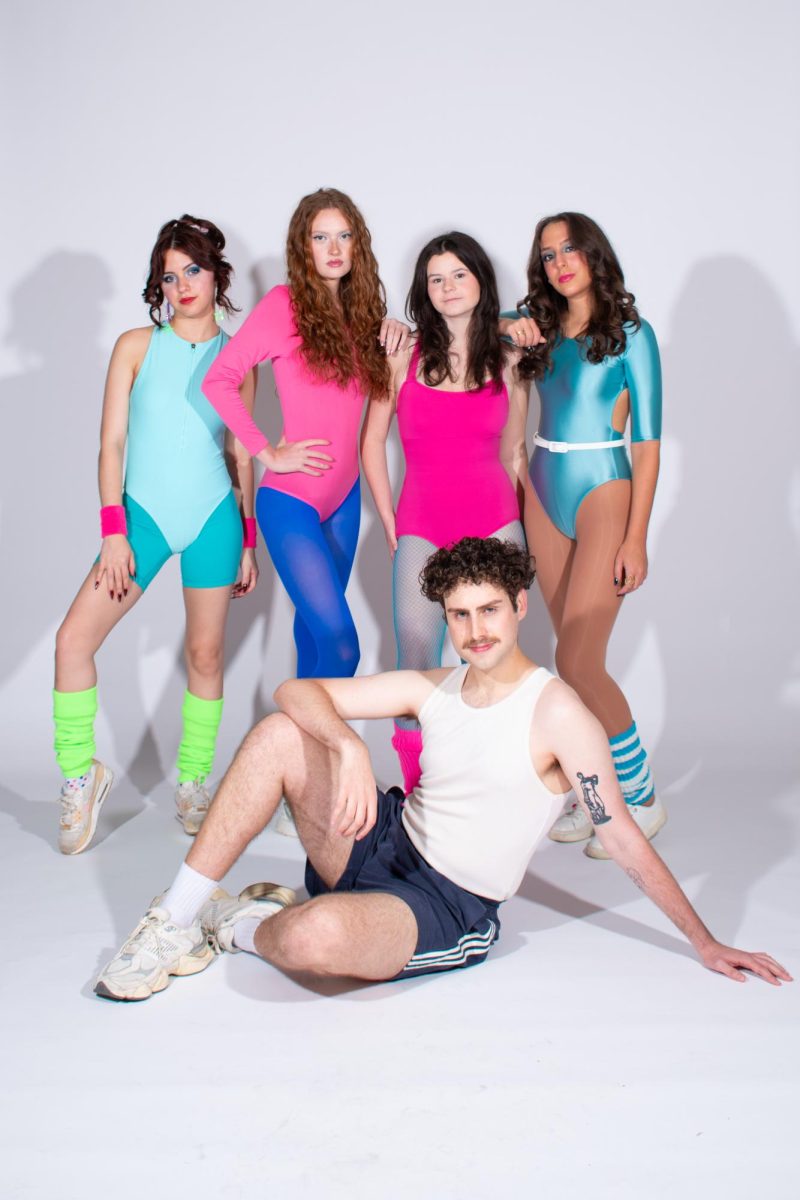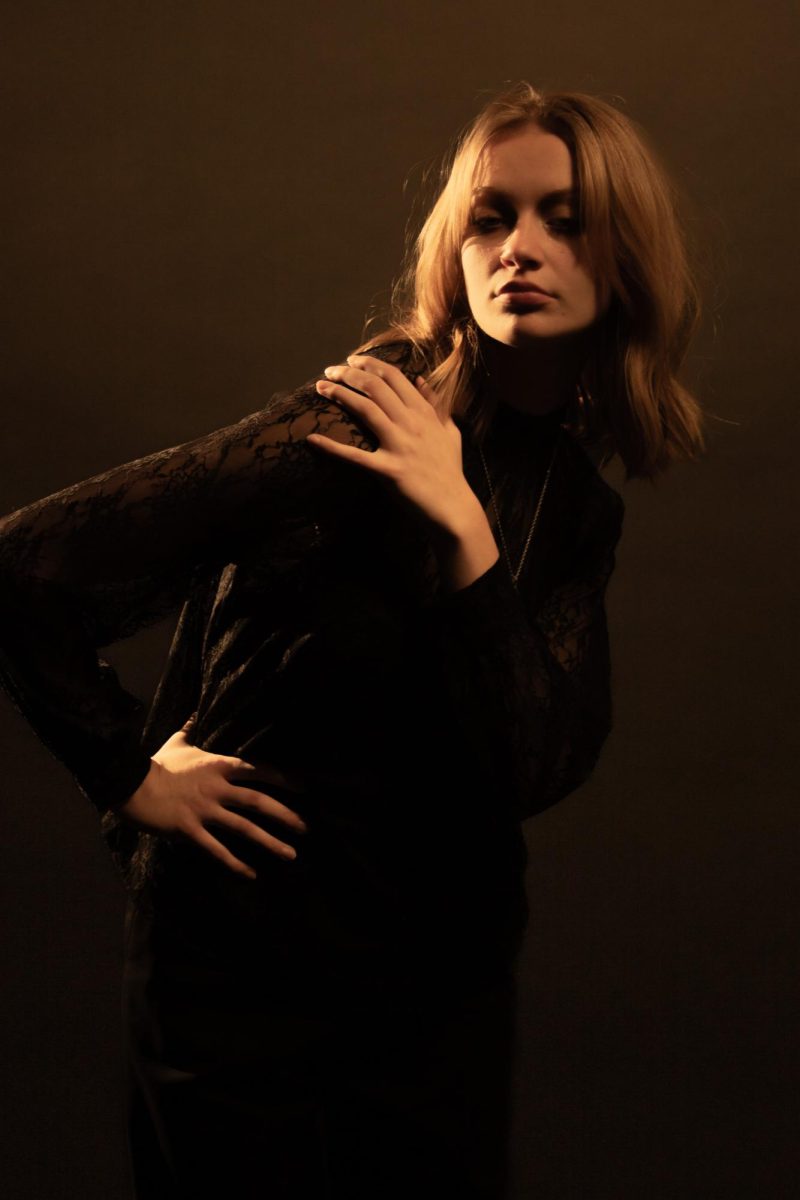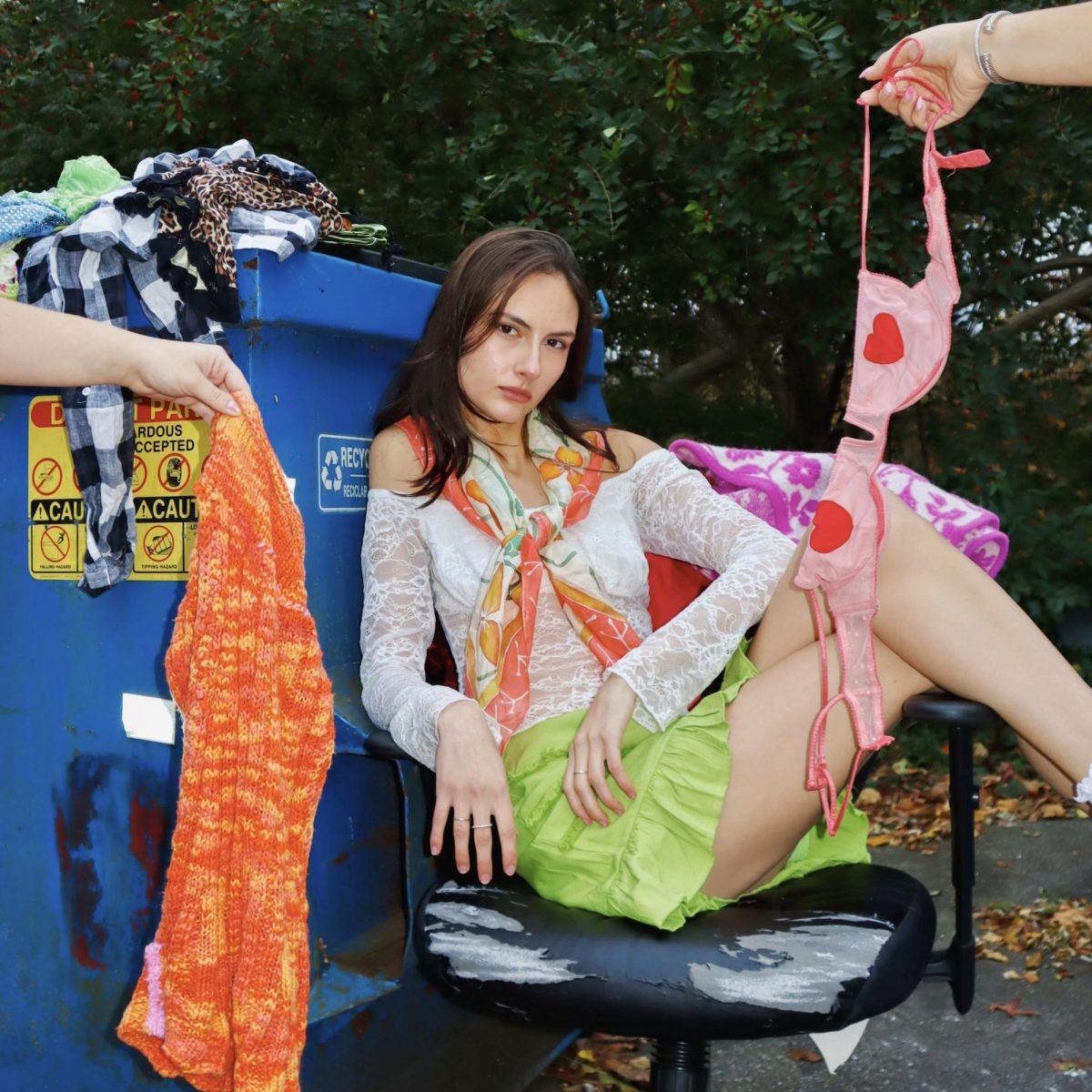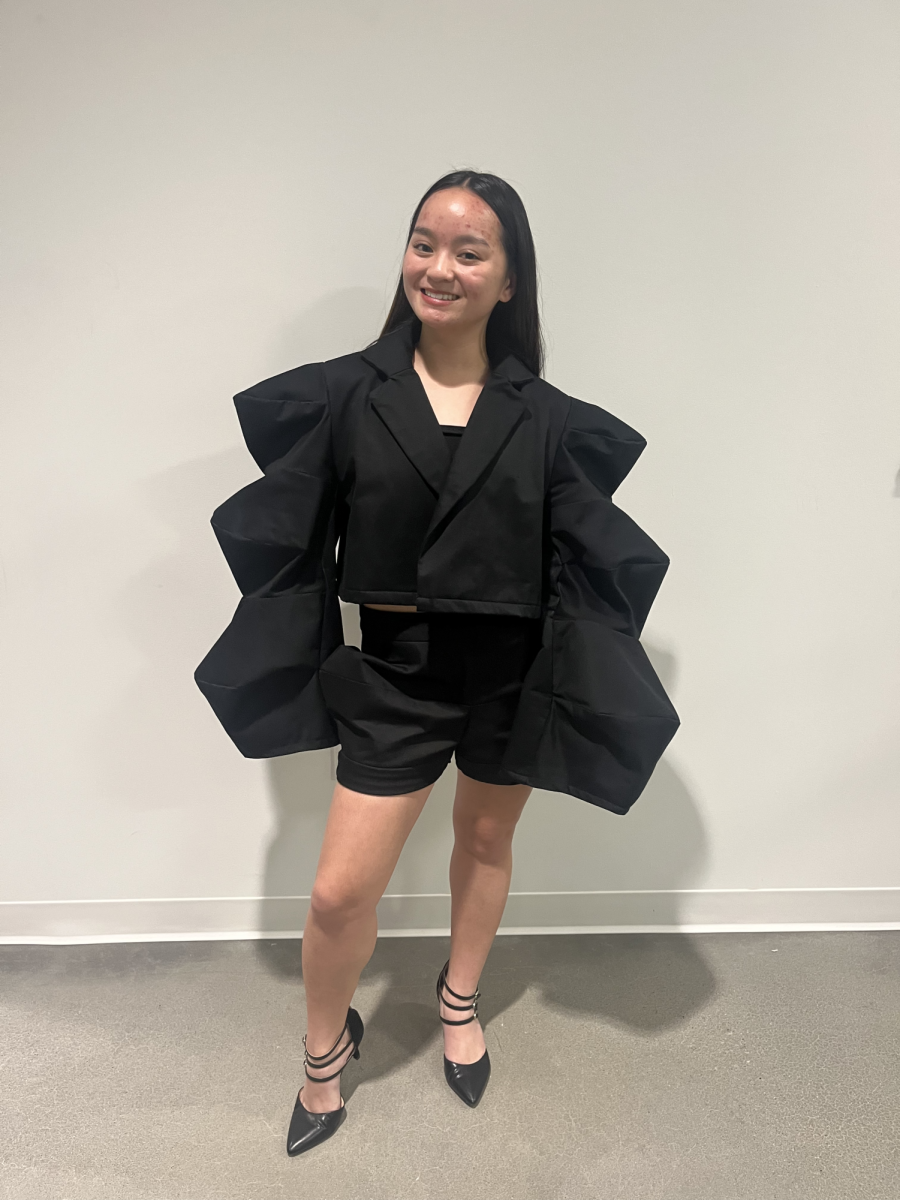When you are getting ready for a job interview, what clothes do you gravitate towards? Is it that wrap dress you have been dying to wear, or is it the pantsuit in the back of your closet?
For most women, their answer would be the pantsuit. But why? Why is it that the clothing referred to as “menswear” is what we wear to be taken more seriously? Why is it that menswear is what we feel most confident in? And if it is acceptable for all genders to wear the same type of clothing, then why are we still labeling fashion with a gender?
It all began with the Women’s Rights Movement in the mid 19th century, when it became socially acceptable for women to wear pants. Some women started wearing pants because they wanted to be rebellious and others wore them because they were comfortable. To this day, pants provide a level of comfort that no other article of clothing can.
Not long after pants on women became a world phenomenon, designer brands caught onto the trend and began dressing women in menswear for the runway. One of the first examples we have of this is when Saint Laurent started Le Smoking, a line of tuxedos created for women. These tuxedos allowed women to have the sophistication of a man while still feeling like a woman.
The line was highly criticized by Laurent’s everyday clientele but was loved by younger buyers. Younger generations were loyal buyers of the pantsuit, which is why they are still popular today.
Although the suit became a normal outfit for women to wear, there was still some gray area surrounding it. People, especially those in older generations, really struggled with the idea of women dressing in the same fashions as men. They felt that women should wear the clothing assigned to them, such as skirts and dresses.
There are many examples of the effects menswear has on women’s confidence levels. One takes place in season three, episode four of “Sex and the City” where Baird asks Charlotte to do a photoshoot posing as a man. Charlotte protests that she is “too much of a girl” to do such a thing. Baird responds by telling her to “be a man.” Once Charlotte puts on the suit and begins posing as a man would, her confidence level skyrockets. Even in fiction, women have been given power through the attire of the opposite gender.
Since the Women’s Rights Movement, women have found their power—in the disguise of a man. After fighting for so long, how has the empowerment of women been placed in the hands of men and their clothing attire?
Originally, women began wearing men’s clothing to break the societal norm and to send a message that they would not be confined to one way of dress. Men’s clothing is also more breathable. Women found that they felt more confident in clothing that was more comfortable.
Another thing to consider would be that as our society becomes more and more accepting of equality on all ends of the spectrum, should we really be assigning genders to clothing? Designers such as Miuccia Prada believe that we should not. Prada chooses to “think to people, not to gender.” In Prada’s shows, she mixes menswear and womenswear because she feels that if the two were divided, it would be unrealistic for our period.
As more people are being educated about gender fluidity, unisex clothing lines are becoming the new norm as designers are moving away from making male and female-inspired lines. Doing so opens up doors for consumers of all genders to feel comfortable and confident with themselves, rather than in a certain type of dress.
While the fashion industry has made great strides towards bridging the gap between gender inequalities, gender-specific clothing will still exist. As women, we can choose to find our power in clothing labeled for the opposite gender, or we can learn to find power in our own skin.
Support Student Media
Hi! I’m Kayla Friedman, A Magazine’s editor-in-chief. My staff and I are committed to bringing you the most important and entertaining news from the realms of fashion, beauty and culture. We are full-time students and hard-working journalists. While we get support from the student media fee and earned revenue such as advertising, both of those continue to decline. Your generous gift of any amount will help enhance our student experience as we grow into working professionals. Please go here to donate to A Magazine.

